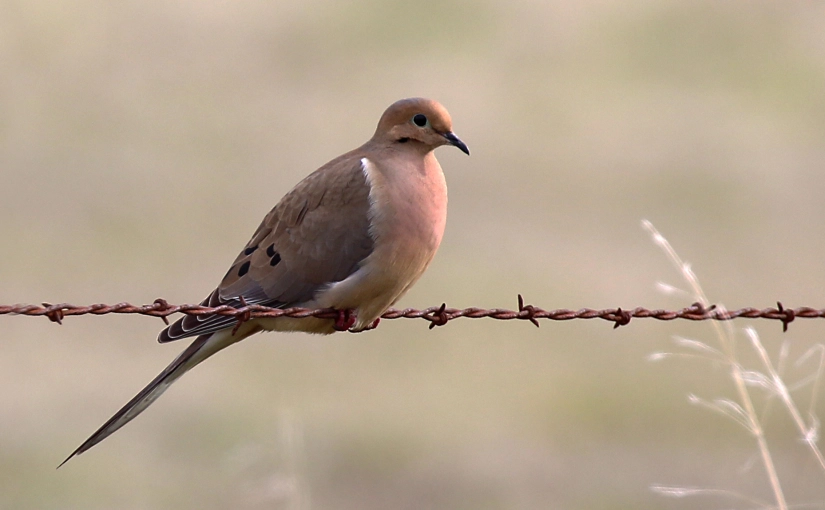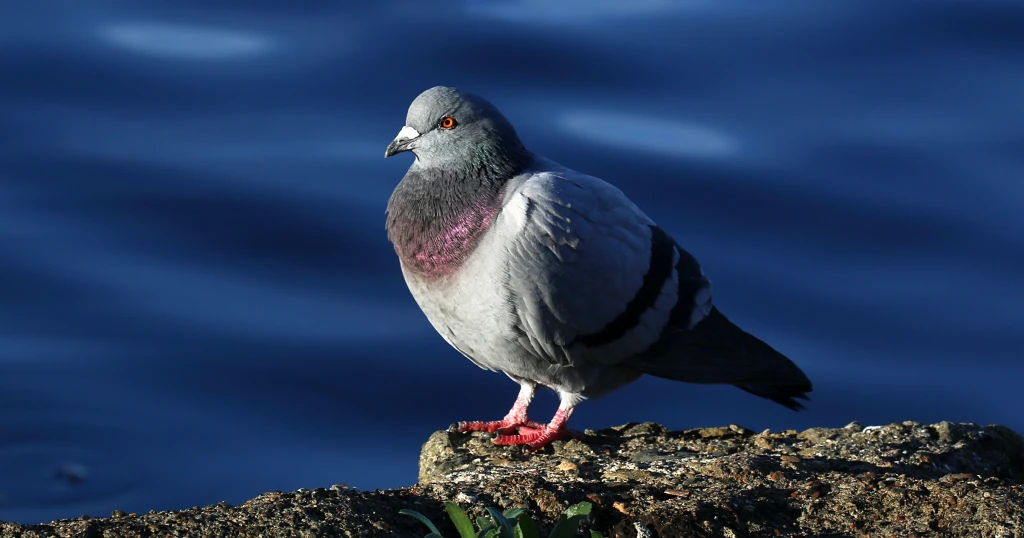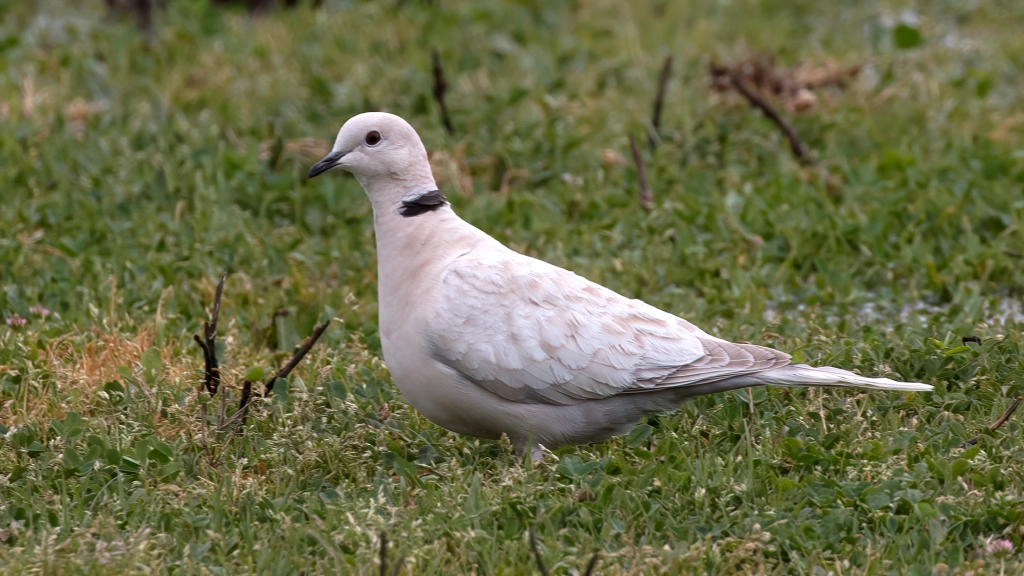Educator, naturalist, and photographer supreme, Jim Gain’s Reflections of the Natural World offers a trove of concise lessons in natural history as well as excursions into the beautiful world of avian diversity as revealed in images as far away as Central and South America and as close to home as your own back yard. We’re proud to publish episode number 25 in Jim’s series, Learn 100 Common Valley Birds. ed.
Mourning Dove – Species #39
The Mourning Dove (Zenaida macroura) is a medium-sized bird that is widespread throughout the Central Valley of California. It is a slender, tan or grayish-brown bird with a small black crescent mark on its cheek. It has a long, pointed tail that is often held up in a distinctive “V” shape when the bird is in flight.
Mourning Doves are commonly found in open grasslands, fields, and desert scrub habitats, as well as urban settings, and are known for their distinctive mournful cooing calls. They are primarily seed-eaters, but also feed on fruits, insects, and snails. They typically build their nests in trees, shrubs, or other vegetation, and may lay up to six eggs per clutch.

Mourning Doves are non-migratory, and can be found throughout the Central Valley of California year-round, although their numbers may increase during the breeding season in the spring and summer. They are a popular game bird and are also enjoyed by birdwatchers for their peaceful and soothing cooing calls.
Rock Pigeon – Species #40
The Rock Pigeon (Columba livia) is a common bird species found in the Central Valley of California. They are medium-sized birds, typically measuring around 12-14 inches in length and weighing around 9-13 ounces. Rock Pigeons have a plump body with a small head, short neck, and broad wings. Their feathers are typically gray with iridescent green and purple tones on their necks and wings, and two black bars on each wing.

Rock Pigeons are highly adaptable and can thrive in a variety of environments, including urban and rural areas. They are known for their ability to navigate and find their way back to their roosting site even from great distances. They typically breed throughout the year and can lay up to six eggs per clutch. Their diet primarily consists of seeds and grains, but they may also eat insects and small invertebrates. Due to their adaptable nature, Rock Pigeons have been introduced to many parts of the world, becoming one of the most widespread bird species globally.
Eurasian Collared-Dove – Species #41
The Eurasian Collared-Dove is a bird species that has rapidly expanded its range across North America in recent decades, including the Central Valley of California. They are easily recognized by their distinct features, such as a buff-colored body, a black crescent-shaped collar on their nape, and a long, square-tipped tail. Adults measure about 12 inches in length and weigh around 6-8 ounces.
These doves are known for their adaptability and resilience, which have allowed them to thrive in urban and suburban environments. They feed on a variety of seeds, fruits, and grains, and can often be found foraging on the ground or perching on rooftops or telephone wires. They also have a unique courtship behavior, where the male performs a series of flights and calls to attract a mate.

The Eurasian Collared-Dove’s natural history in the Central Valley of California is still being studied, but they are believed to breed throughout the year, with peaks during the spring and fall. Their nesting sites are typically located in trees or shrubs, and both parents take turns incubating the eggs and caring for the young. These birds are considered a non-native invasive species in California, and their rapid expansion has raised concerns about their impact on native bird populations and agricultural crops.


There is always something that soothes me, when I see mourning doves walking on the edges of dirt roads or resting on telephone poles above. They speak peace to my heart.
I usually see them in pairs or four or five together. Perhaps parents and offspring. I heard they mate for life, not sure if that is true. It is a pleasant thought to think mates of any species stay together.
I register a level of concern when I see one lone mourning dove. A sadness comes over me. I wonder where the mate is, or, if the lone dove will find a mate. Nothing in the animal world should be alone.
Humans are gregarious, we need to be much more sharing of understanding to each others differences. People need meaning in their lives … no one needs to be abandoned by another.
Thank you again, Jim and Eric